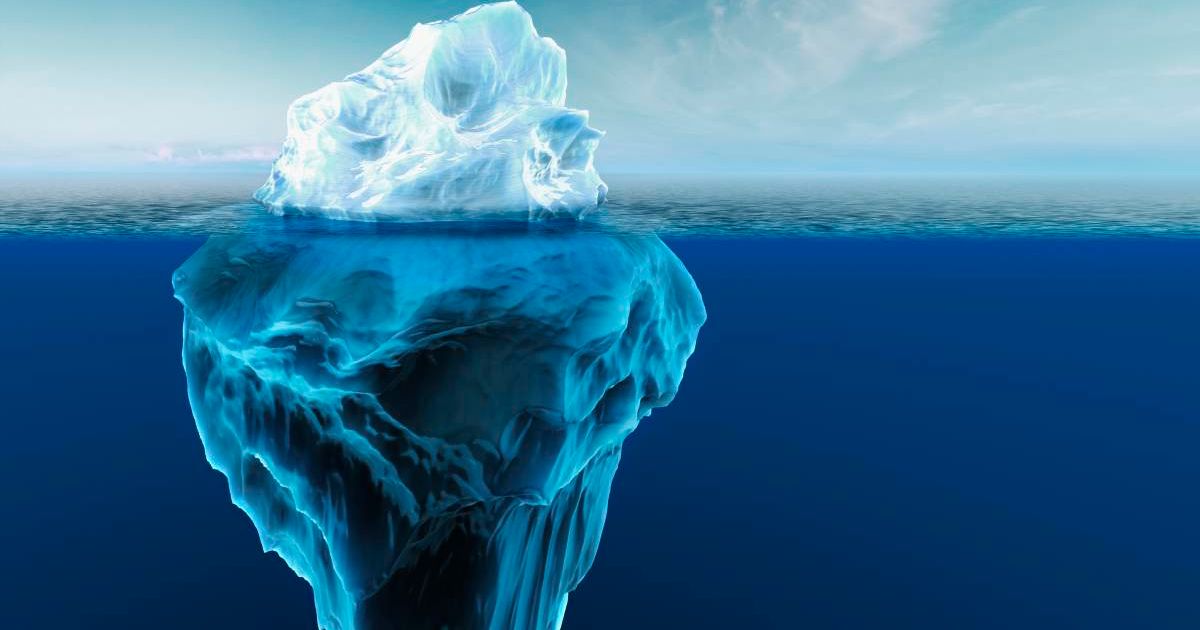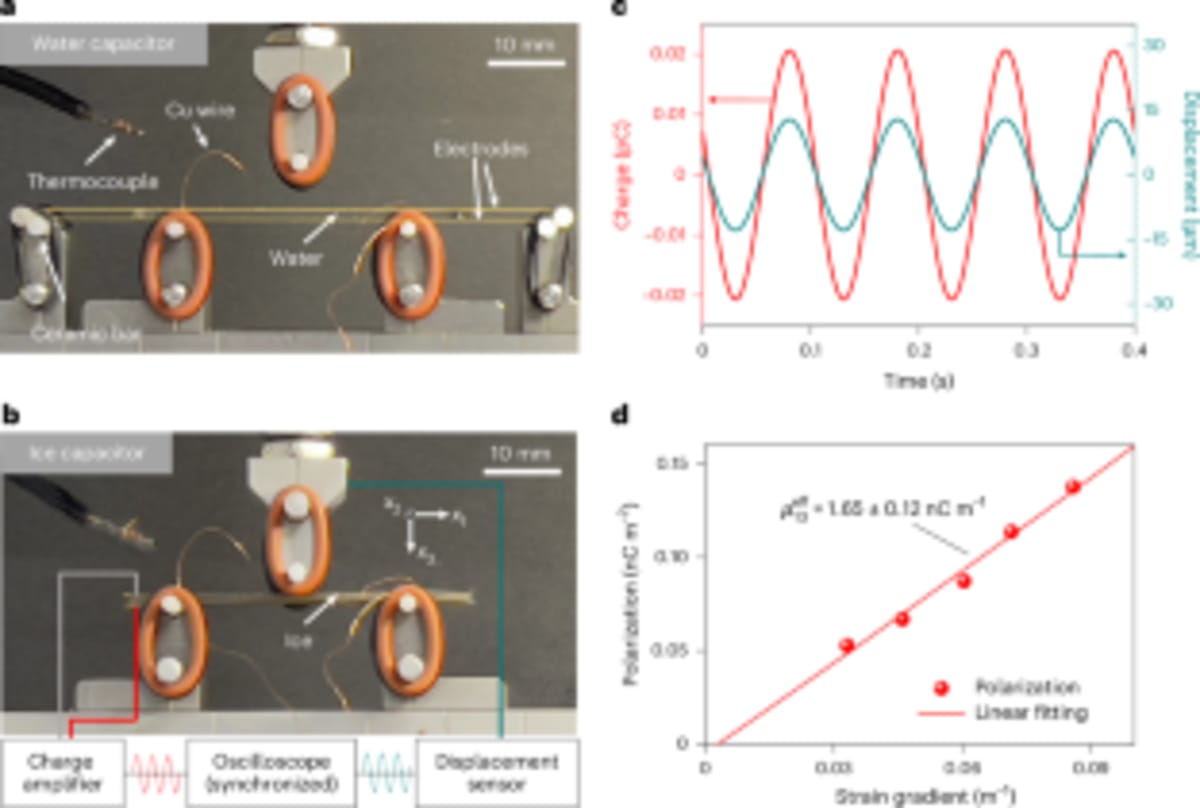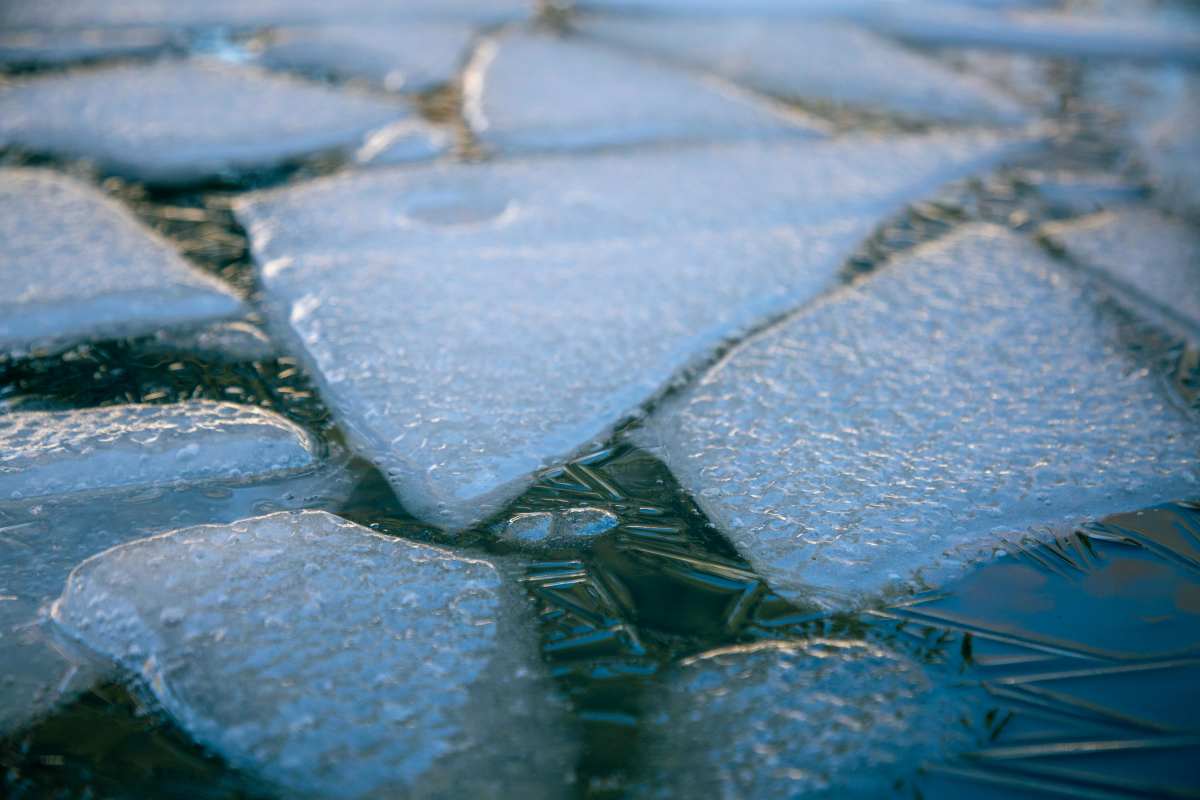Scientists stunned after realizing bending ice can generate electricity

A team of researchers has found a bewildering property of ice. This property essentially allows ice to generate electricity while being bent. Findings regarding this development have been published in the journal Nature Physics. If the assertions of the researchers are true, then the newfound property could also reveal insights about the process of natural lightning. They further believe that this quality could be useful in several real-life applications, but for that, they need to conduct more experimentation with frozen water. Considering how abundant ice is on Earth, the more functionalities experts know of it, the better it would be for humanity.

The Experiment Conducted on Ice
In order to understand the electric potential of the ice, researchers took one block of it and placed it between two metal plates, according to IFLScience. The whole apparatus was connected to a measuring device. Researchers noted that when the ice block bent, the electricity readings undertaken aligned with those observed during ice-particle collisions in thunderstorms. It suggests that flexoelectricity could be causing the ice particles to become electrically charged.

Ice is Flexoelectric and Ferroelectric
The block being flexoelectric implies that if the ice is unevenly deformed, it can facilitate electricity, according to ICN2. This deformation supposedly occurs in response to mechanical stress at all temperatures. Moreover, experts identified what they have labelled a thin "ferroelectric" layer on the ice surface. This layer exists at temperatures below -113 ºC (160K), according to the readings.
Due to this layer, the ice surface can exhibit what is called natural electric polarization, which can be turned back with the application of an external electric field. This phenomenon is noted when the poles in the magnet are flipped. These findings imply that ice has two ways of generating electricity: by being flexoelectric at high temperatures, all the way to 0 °C, and through the ferroelectric layer at very low temperatures. These properties are found in electroceramic materials, such as titanium dioxide, which are used in advanced technologies like sensors and capacitors.
Connection to Nature
Through these findings, researchers suggested a connection between ice and lightning, according to UAB. Experts already understand that lightning happens when electric potential builds up in clouds, due to collisions occurring between ice particles, after which it becomes electrically charged. The stored potential then gets released as lightning strikes. To date, researchers do not understand how the collision leads to ice particles getting electrically charged, especially since ice is known not to be piezoelectric. It implies that ice cannot generate electricity just by being compressed amidst collision.

The experiment conducted by the team for this study revealed that only inhomogeneous deformations facilitated by mechanical stress, resulting in bending and irregular deformation, can cause ice to become electrically charged. Researchers are hopeful that this property will allow ice to be incorporated in real-world applications. The item's abundance makes the potential limitless, according to the experts. There may be new electronic devices in the future that use ice as an active component, after being fabricated directly in cold environments.